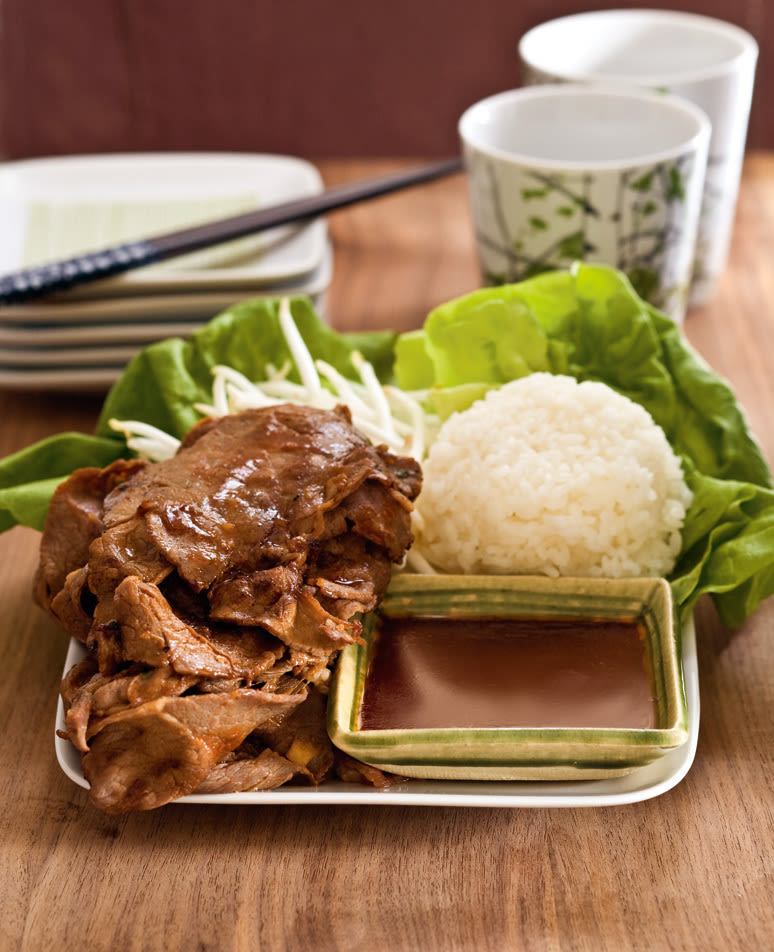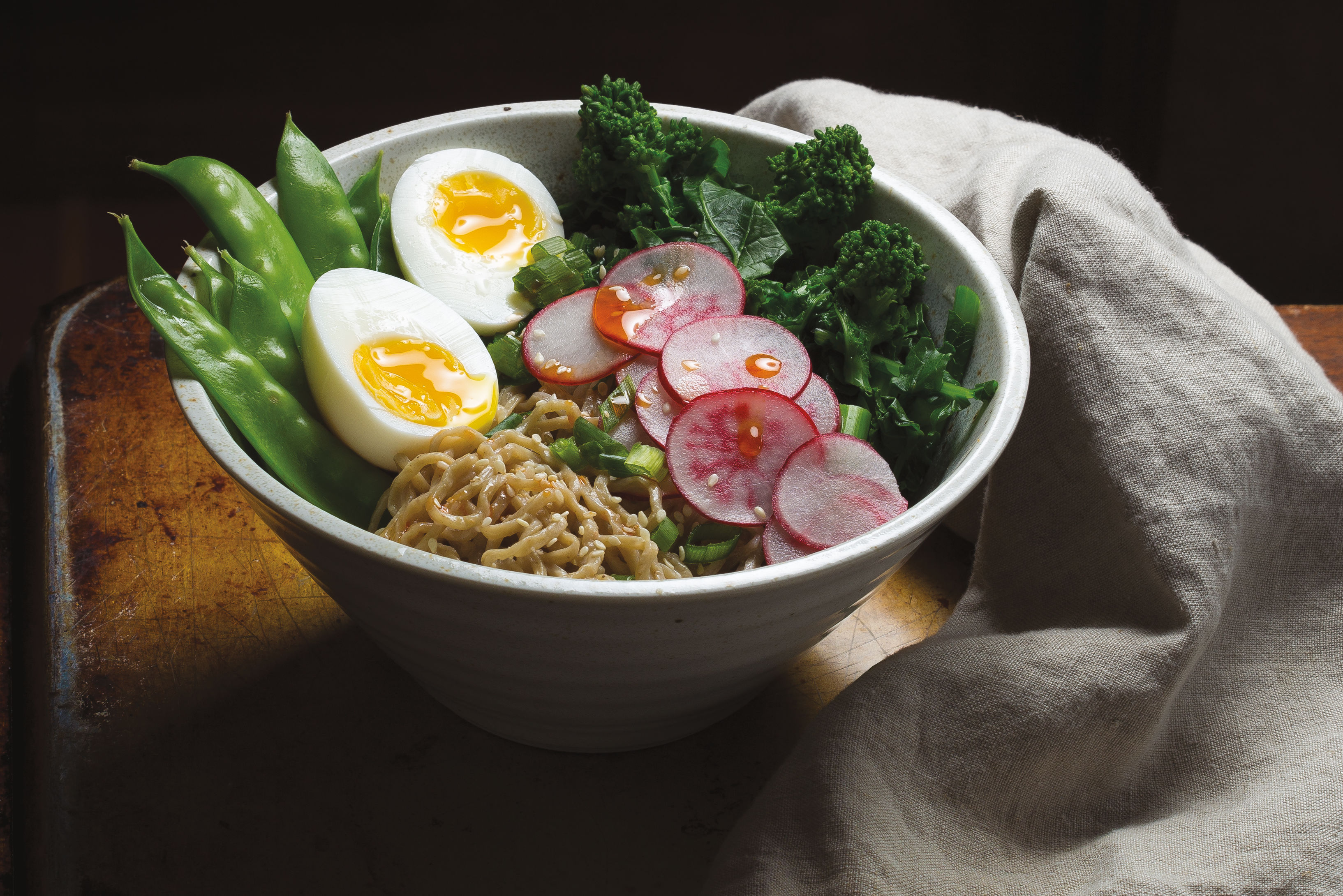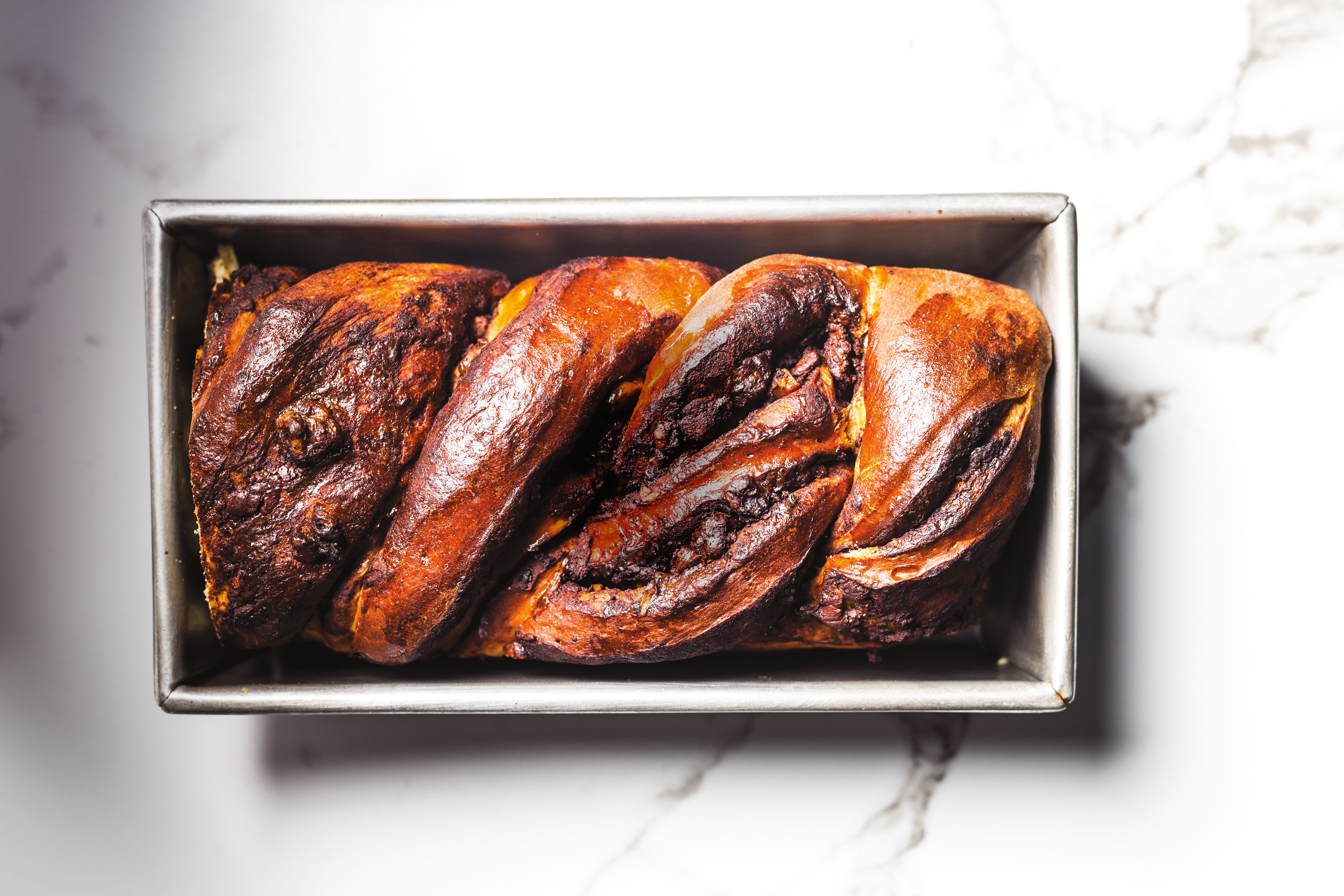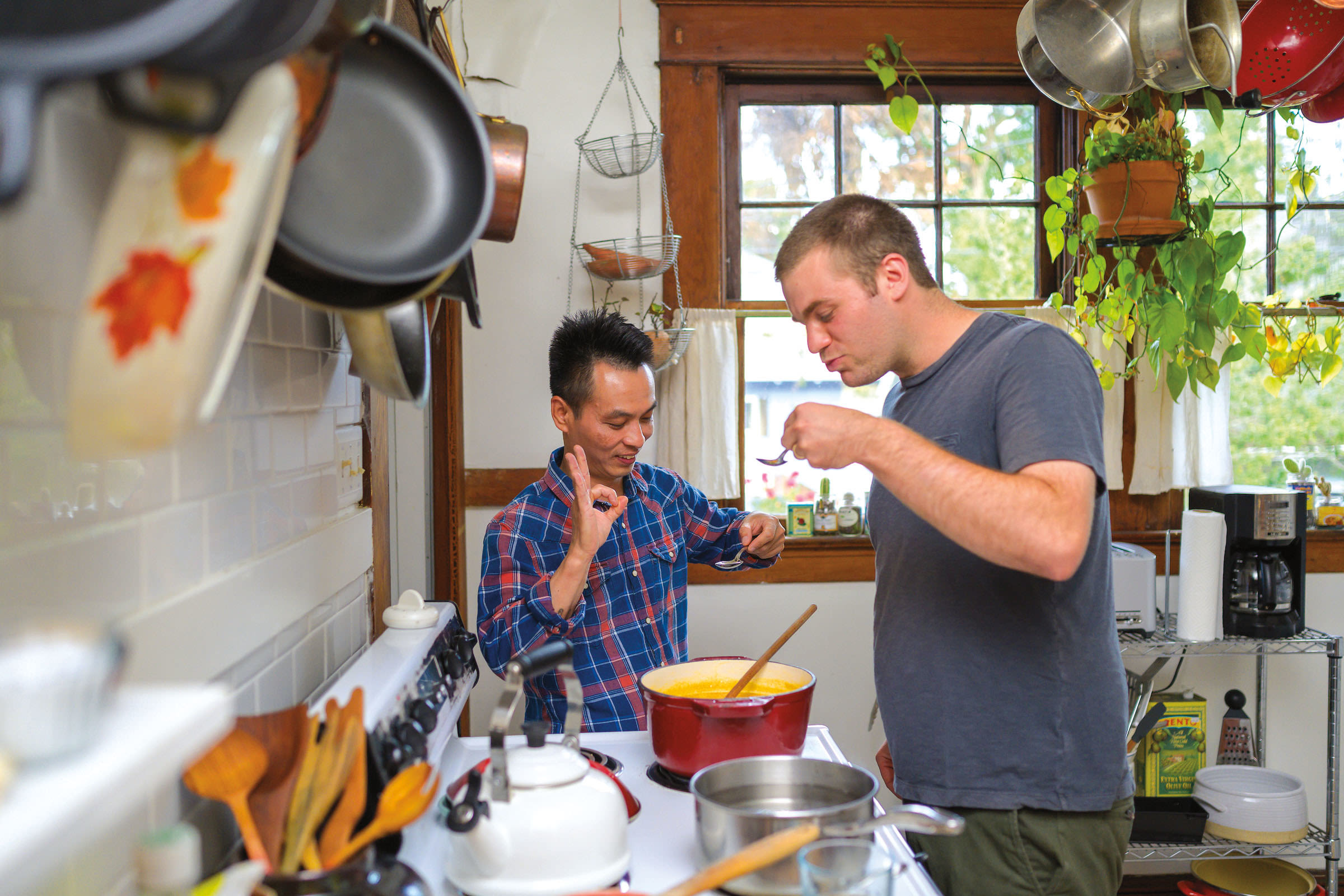Grill Seeker

Image: Lara Ferroni
I FIRST DISCOVERED the vivifying powers of Korean barbecue on a late evening in 1986. I had spent several days driving from New York to Los Angeles, and I desperately needed to sleep. But my brother had other ideas. He hauled me, along with some of his friends, to a Koreatown restaurant. After one too many beers, I became mesmerized by the hibachi in the center of the table, on which my brother and his friends began grilling thin slices of beef, chicken and pork. They let the meat crisp for a minute or so, then fed it to me.
Maybe it was the heady combination of salt and spice in the meat’s marinade, or the exoticism of eating a new food in a new city, but the meal revived me enough that we went dancing afterward. It was an experience I would repeat many times, mainly because there were dozens of Korean barbecue joints in Los Angeles open until 4 in the morning—a real boon once I became a nightlife columnist.
Eighteen years later, I moved to Portland, where most of the barbecue I consume is cooked in my own backyard and prepared by my husband. Want a slow-cooked beef brisket? He’s your man. But what I wanted last weekend was some Korean barbecue. I’d heard that Sorabol, an Asian fusion restaurant on SE 82nd Avenue and Powell Boulevard, had the real deal: traditional bulgogi (Korean for “barbecue”) that you cooked at the table.
Inside Sorabol’s futuristic dining room, big-screen TVs played Korean pop videos, creating a hypermodern backdrop for the ancient method of cooking meat over flames. The restaurant serves chicken and pork bulgogi, but it was the slices of beef rib eye, burnished in a soy-based sauce, that attracted me most. The waitress told me the meat had been marinating overnight. I asked what was in the marinade. She said, “Korean spice.” When I asked which ones, she wrote it down: “Go choo Jang.” Sometimes written as kochujang, it’s a deep red, starchy paste made from rice powder, fermented soybeans, and dried red peppers that’s widely available at Asian markets.
After laying out a dozen accompaniments for the meat—including rice, lettuce leaves, pickled green beans, bean sprouts, and kimchi—the waitress sparked the hibachi and let me have at it. On the grill, the strips of beef sizzled as they browned, transforming the marinade that clung to the meat into a caramelized crust. I ate the meat in various ways: wrapped in lettuce, with spoonfuls of rice, and with a sweet dipping sauce.
As I engaged in this foolproof method—meat, heat, and eat—I realized I could do this at home. I did not have to drive across town or hark back to drunken memories. I could grill bulgogi right in my backyard all summer long, with or without the help of my husband, and definitely with a beer.
Bulgogi
Bulgogi tastes equally delectable made with thinly sliced chicken or pork. No matter what meat or poultry you use, some butchers will do the slicing for you. If not, slice against the grain on the diagonal using a very sharp knife.
Serves 4-6
- 2 lbs boneless beef rib eye, sliced no more than ¼-inch thick
- 2 cloves garlic, minced
- 3 scallions, chopped
- 1 small onion, chopped
- 2 tbsp sesame oil
- ½ cup soy sauce
- 2 tbsp brown sugar
- 1 tbsp honey
- 1 tbsp kochujang (Korean red pepper paste)
- Freshly ground black pepper
ACCOMPANIMENTS
- Large lettuce leaves
- Cooked rice
- Sliced daikon and/or bean sprouts
- A dipping sauce of 1 tbsp kochujang, 1 tbsp sesame oil, ½ cup soy sauce, and 2 tbsp brown sugar
- In a large baking dish, whisk together all ingredients except beef.
- Add sliced beef and turn to coat. Cover and refrigerate overnight.
- Heat a tabletop hibachi, stove-top grill, or outdoor barbecue. When grill is very hot, place slices of beef over the fire and cook 1 to 2 minutes per side, or until they are nicely browned and a little crisped on the outside.
- Serve with lettuce leaves, sliced daikon, bean sprouts, rice, and/or dipping sauce.




